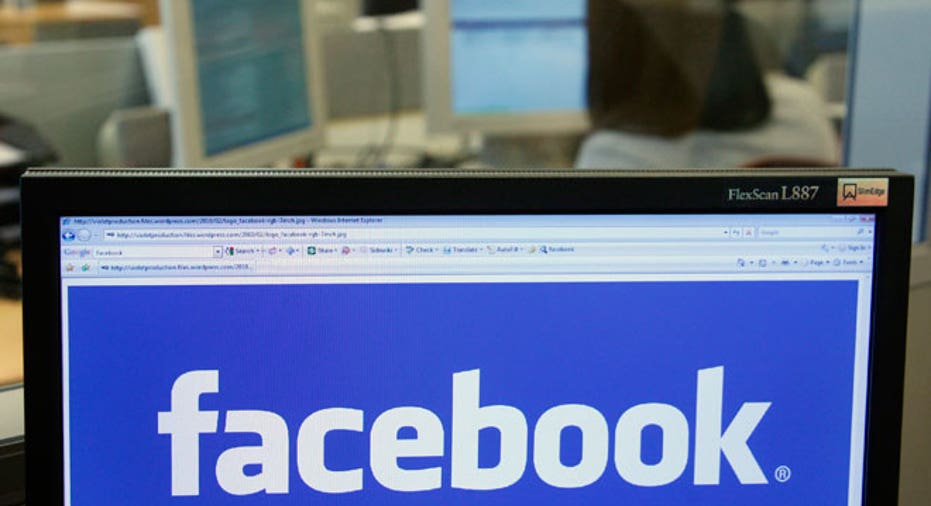Facebook's Connectivity Lab: Drones, Lasers Will Bring Rest Of World Online

Mark Zuckerberg announced on Thursday in a Facebook post that the social networking site was working alongside Internet.org to invent new technology to beam internet to the entire world.
The Facebook (NASDAQ:FB) CEO wants everyone to sign up for his site, whether they live in rural Africa or somewhere in the Australian outback. To that end, Facebook's Connectivity Lab plans to connect the entire world to the internet, whether it takes existing technology, or the invention of something entirely new to get it done.
Facebook’s plan is for solar-powered drones to fly over suburban areas, broadcasting the internet to areas below, as well as satellite systems that span as far as entire continents to beam it to “user terminals” in low population densities. The Connectivity Lab’s satellite system sounds a lot like Google Inc’s (NASDAQ:GOOG) Project Loon, one of the search giant’s “moonshots” with similar aims, to connect those in remote areas.
 Google's Project Loon, seen in a screenshot from a YouTube video promoting the project's experimental launch in Christchurch, Australia, is a network of hot-air balloons the search giant is testing as a way to connect those without internet in remote areas. Google / Youtube.com/ProjectLoon
Google's Project Loon, seen in a screenshot from a YouTube video promoting the project's experimental launch in Christchurch, Australia, is a network of hot-air balloons the search giant is testing as a way to connect those without internet in remote areas. Google / Youtube.com/ProjectLoon
Whereas Google’s Project Loon will use a network of hot-air balloons to send the internet to terminals similar to the ones that Facebook’s Connectivity Lab plans to use for its satellites, the social network has acquired UK-based Ascenta for $20 million to build solar-powered drones to connect more highly-populated, suburban areas. Ascenta will work alongside teams Facebook acquired from NASA’s Jet Propulsion Laboratory, Ames Research Center, as well as the National Optical Astronomy Observatory.
As former MIT visiting scientist and Facebook employee Yael Maguire explains it, the drones will employ a “new type of plane architecture that flies at 20,000 meters,” or 20 km, which allows them to be unaffected by commercial airlines, wind and the weather. Maguire says they will be capable of remaining “in the air for months at a time.”
 Facebook's Connectivity Labs proposes a solar-powered drone capable of broadcasting network signals as a way to connect the two-thirds of the world's population without internet access. Facebook Connectivity Labs / Internet.org
Facebook's Connectivity Labs proposes a solar-powered drone capable of broadcasting network signals as a way to connect the two-thirds of the world's population without internet access. Facebook Connectivity Labs / Internet.org
For rural areas with low population densities, Facebook’s Connectivity Labs plans to employ satellite systems. Maguire says they could span “perhaps even across continents” in a low Earth orbit. The satellites will then be “constantly moving… [which] necessitates a steady stream” of internet signal as well as a “user terminal” for those on the ground to receive the satellite broadcast.
Maguire says there exists a “fabulous set of problems” to make the satellites work, which the Connectivity Lab plans to solve with lasers. The problem, as he describes in a YouTube video, involve how broadcast networks are currently bound to satellite towers that require a terrestrial connection to the internet.
Lasers are proposed to offer a wireless connection to the Connectivity Labs’ satellite system, and could offer high speeds on par with “fiberoptics,” Maguire says. Facebook did not immediately respond to a request for comment about when or where it will begin testing the Connectivity Labs project.
Here is the full text of Zuckerberg’s statement:



















